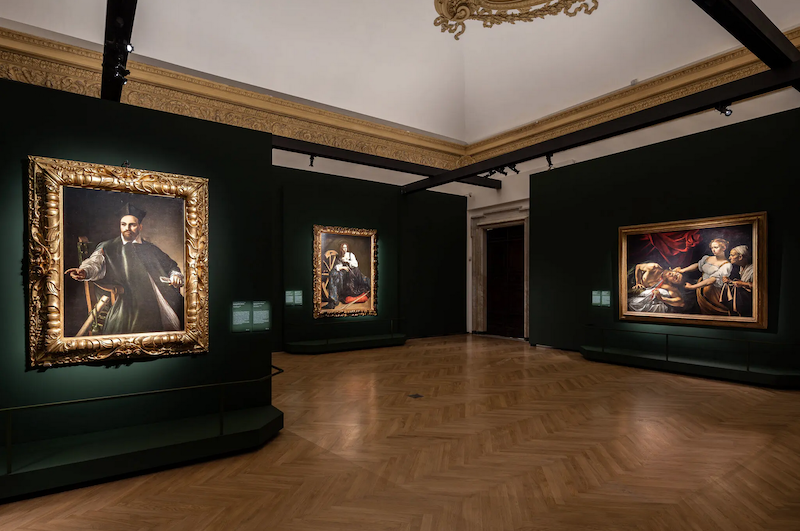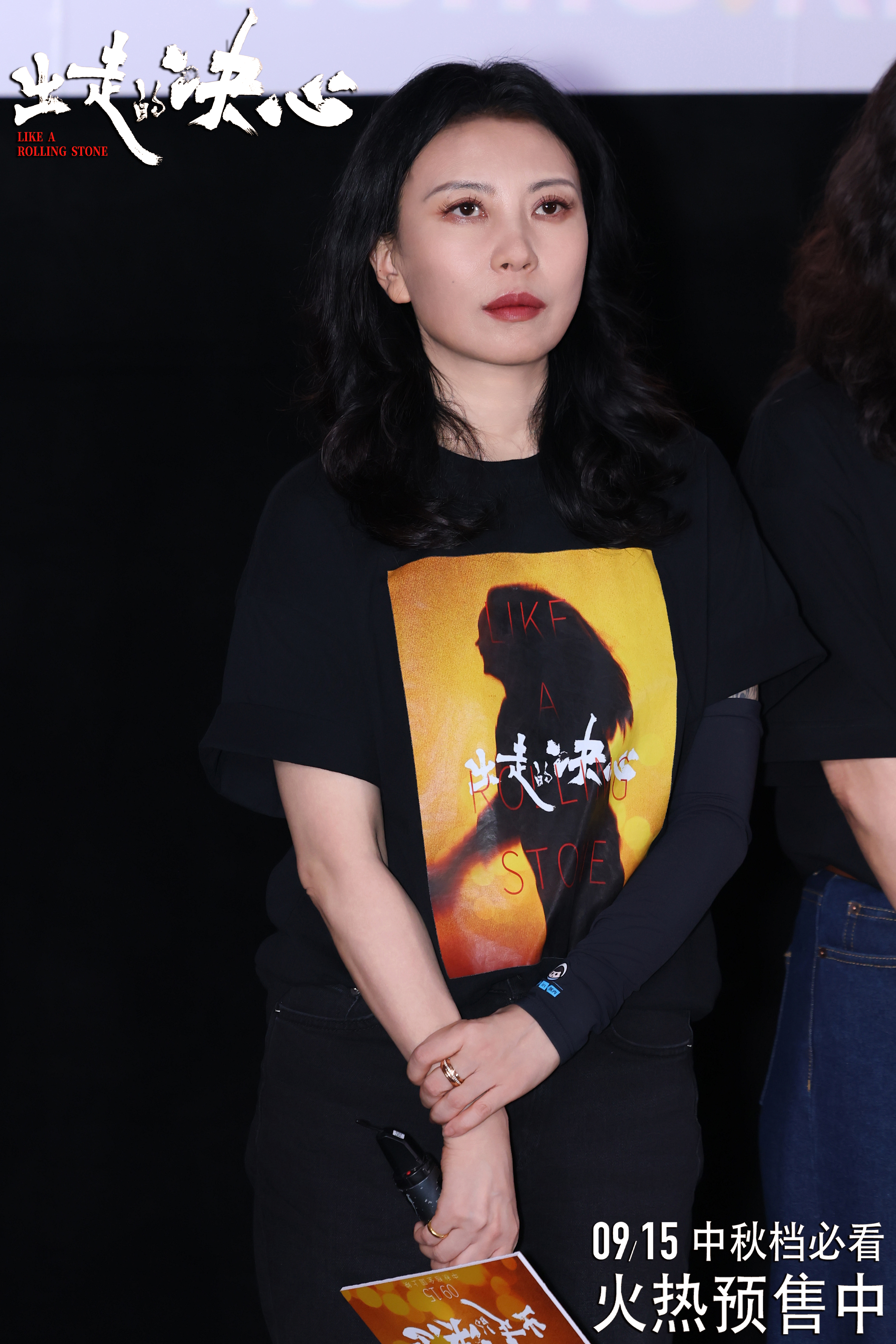
As a master of Western painting, Paul Rubens (1577-1640) was an early representative of the Baroque school. He was famous for his Counter-Reformation altarpieces, portraits, landscapes, and historical paintings about myths and allegories. Emphasis on movement, color and senses.
"Rubens and Women" and "Touch of Pygmalion: Rubens and Roman Sculpture" are currently being held at the Dulwich Gallery in London and the Borghese Gallery in Rome respectively, focusing on Rubens from different angles the art of.
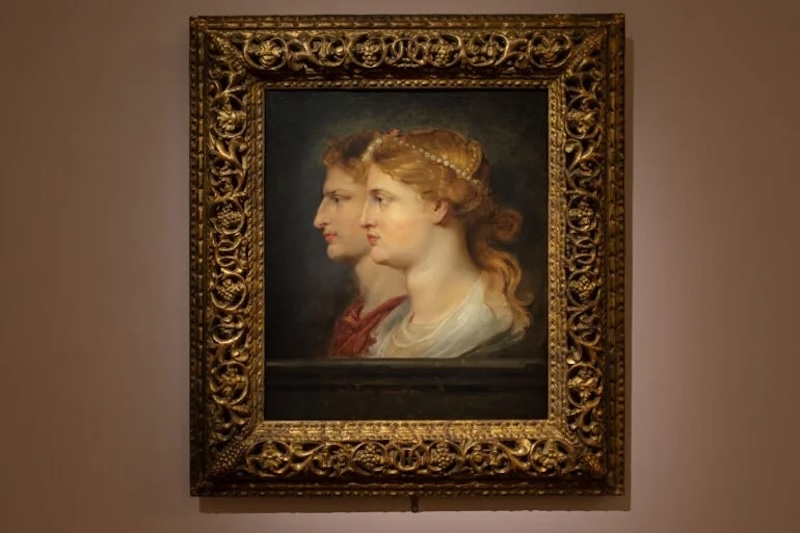
Rubens, "Agrippina and Germanicus", circa 1614, National Gallery of Art, Washington (exhibit "Pygmalion's Touch: Rubens and Roman Sculpture")
Rubens was born in Siegen, Germany. When he was 12 years old, he followed his mother back to his hometown of Antwerp under Spanish rule. As a boy, Rubens worked as a page boy in the home of a countess, so he had the opportunity to receive an orthodox aristocratic education and was proficient in multiple languages. Later, under the arrangement of his mother, he studied with several painters. At the age of 21, he was recognized by the Antwerp Painters Guild and became an official painter.
In 1600, Rubens went to Italy to continue studying painting. He once painted for Vincenzo I Gonzaga, Duke of Mantua, and had the opportunity to further improve his artistic quality and educational level. He studied ancient Roman art and improved his skills by imitating the works of the masters. As a result of this experience, many of his subsequent works were influenced by the styles of Titian, Michelangelo and Caravaggio.

"Rubens and Caravaggio" section of the exhibition "Touch of Pygmalion: Rubens and Roman Sculpture"
In 1608, Rubens's mother died, and Rubens returned to Antwerp and became a court painter in Brussels. A year later, he married Isabella Brant, the daughter of an outstanding local humanist in Antwerp. His two altarpieces for Antwerp Cathedral established his status as Belgium's most outstanding religious painter.
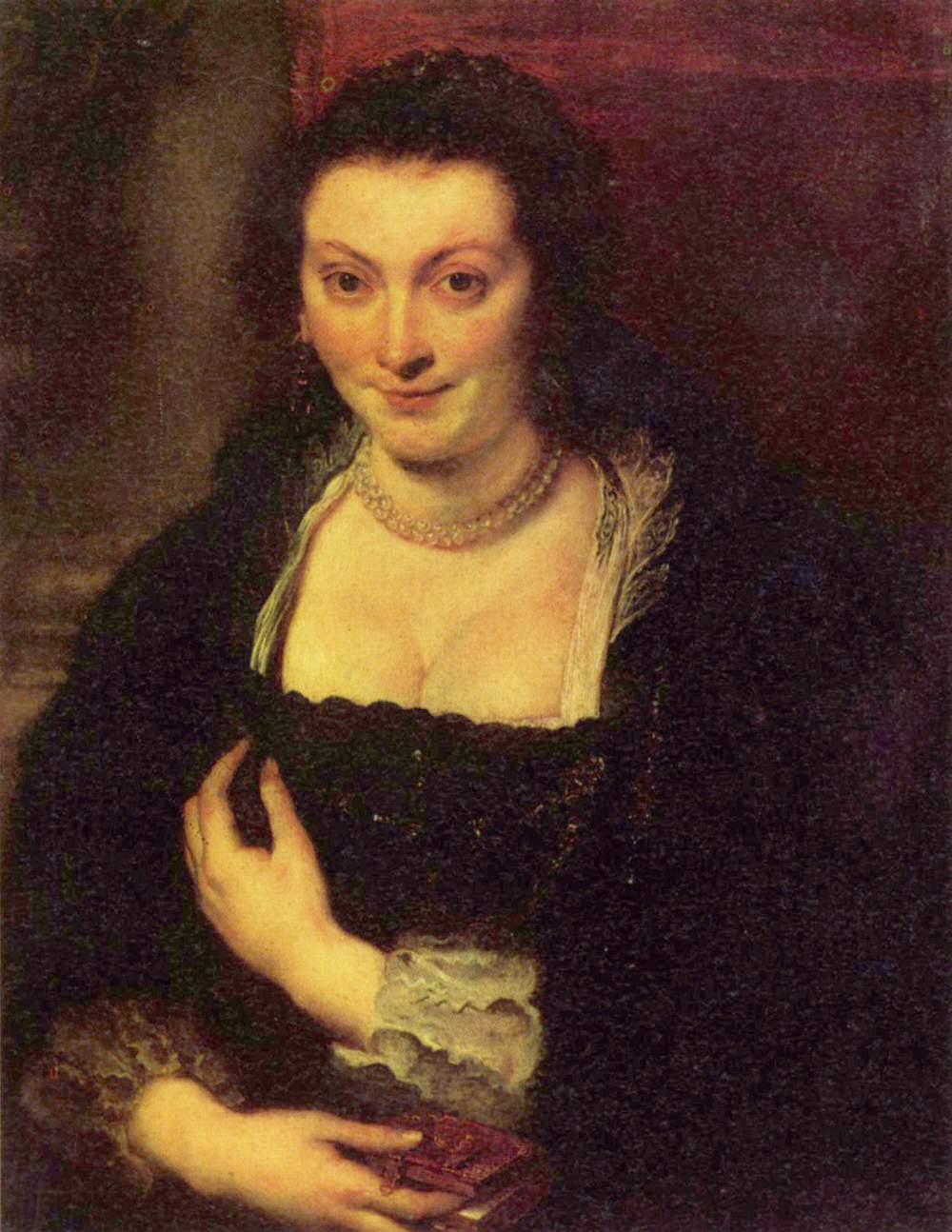
Rubens, "Isabella Brant", circa 1625, Uffizi Museum, Italy ("Rubens and Women" exhibit)
This period can be regarded as the peak of Rubens's painting career. Many royal and aristocratic courts in Europe ordered paintings from him. Due to the overwhelming number of orders, Rubens created a private studio in Antwerp and hired many talented painters as his assistants. At the same time, Rubens was also a well-known art collector in Europe.
Rubens received a good education in Renaissance humanism, and because of his outstanding paintings and smooth conduct, Rubens was also a diplomat and was knighted by King Felipe IV of Spain and King Charles I of England.
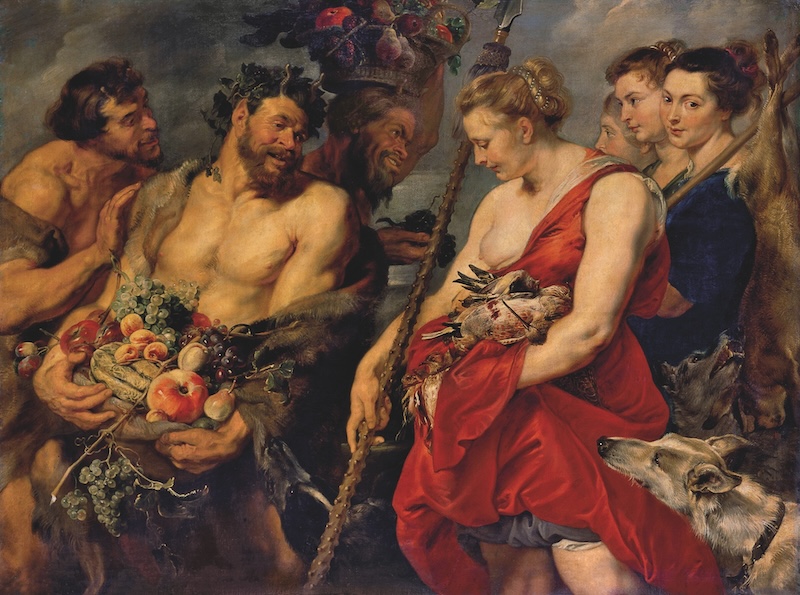
Rubens & Frans Snyders, "Diana Returning from the Hunt", circa 1623, collection of the National Academy of Arts in Dresden ("Rubens and Women" exhibition)
"Rubens and Women": embodying emotions in the characters depicted
Rubens has long been known for his iconic plump female figures. Few artists convey the sheer joy of controlling the brush as well as Rubens. Like a passionate chef, he creates glistening, creamy tones from thick sauces. Women were his favorite element, and the intimate and warm tone makes the exhibition "Rubens and Women" at the Dulwich Gallery a feast for the eyes. The exhibition includes numerous loans from museums and private collections, including two important pieces from the Prado Museum in Spain, while the Portrait of Isabella Brant (c. 1626) from the Uffizi Museum in Italy travels for the first time. Exhibited in the UK.
Curators Ben van Beneden and Amy Orrock tell these stories by studying the relationship between artists and women and female figures (including family relationships, emotional relationships, commissioned relationships, etc.) How relationships influence his creative practice.

Rubens, "Lady Maria Serra Palavicino", 1606 ("Rubens and Women" exhibit)
The exhibition begins with a series of magnificent and relaxed portraits of Marchesa Maria Serra Pallavicino as a queen - she sits on a throne, looking down haughtily, with a large lotus leaf Gold lace floats on the side collar. But what really grabs you is her serious face and dark eyes. In her gorgeous clothes, she is charming and mysterious, but her brushwork is thick and cold. Text on the exhibition wall states that Rubens' employer, the Duke of Mantua, frequently borrowed money from Genoa's wealthy Palavicino banking family, and that the work may have been created to pay off debts. Not suitable for close viewing. Adjacent are the vivid portraits Rubens painted of his daughter and wife.

Rubens, "Clara Serena Rubens (The Artist's Daughter)", circa 1620-1623 ("Rubens and Women" exhibit)
Clara Serena Rubens was Rubens's first daughter. Between 1620 and 1623, Rubens painted his daughter's sweetness with a light touch. However, Serena Rubens died in 1623 at the age of 12, and her works leave an emotional mark on the viewer's imagination. In the exhibition, Isabella Brant, the painter's wife, smiles softly and thoughtfully, and Rubens tried to keep that kind face in his memory as much as possible before it disappeared from his mind. Brant was his first wife, who died in 1626. This painting was left behind after her death. It seems that the painter exhausted all his skills to keep her alive. At this time, he embodies complex emotions and interpersonal relationships in the objects he depicts through meticulous shaping.
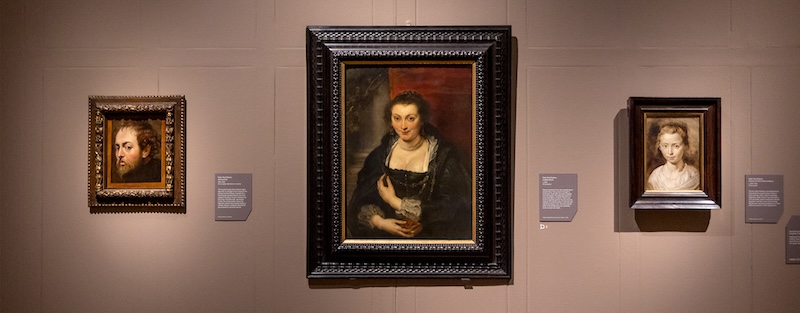
"Rubens and Women" exhibition view
In a world where death often strikes suddenly, prayer is a comfort. The Catholic revival of Rubens's time gave women a new role as spiritual leaders and models for their works, at least in the arts. Rubens painted women in passionate roles such as saints, martyrs, and the Virgin Mary. In one portrait, the Spanish princess Isabel Clara Eugenia poses as a poor nun, her sullen face hidden in a black robe. In another work, a woman with her hands bound looks up to the sky, as if imitating St. Catherine. So if you thought Rubens was just painting voluptuous bodies in ecstasy, there's ample evidence here that many of his paintings of women were actually soulful, emotionally rich studies.

"Rubens and Women" exhibition view
One of the difficulties in organizing a Rubens exhibition is obtaining enough narrative religious/mythological works, which are mostly created for churches and are generally impossible to loan. The curators have cleverly made up for these shortcomings with sketches in a section called "Depicting Faith." The wall text explains that Rubens was employed by the Catholic rulers of Antwerp to create "epic, erudite and passionate" altarpieces in support of Catholicism, "paintings that required a strong emotional connection with the viewer." To this end, several studies on the female head are presented. A comparison of a Head of a Woman with Bowed Head (c. 1630–1631) borrowed from Vienna and a copy of the Ildefonso Altarpiece (1630–1631) not only reveals a painting that may have come from life How the sketch was transformed into the most famous religious work, but also provides a glimpse into his painting skills.

"Rubens and Women" Exhibition "Depicting Faith" Exhibition Area
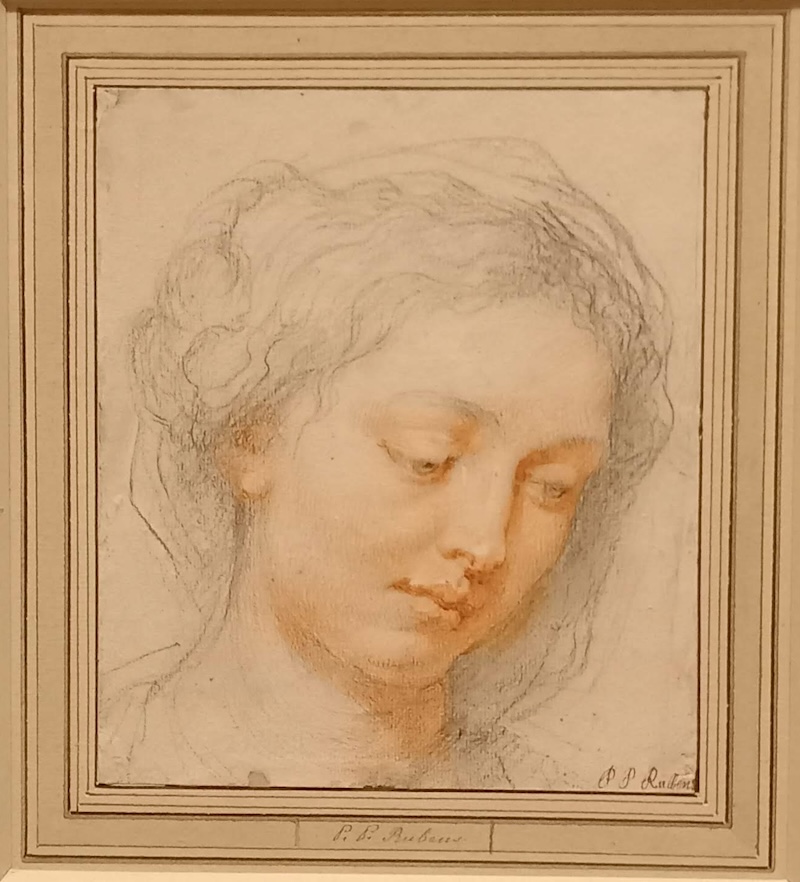
Rubens, Head of a Woman with Bowed Head, circa 1630-1631
Rubens often used unmoderated red in dark areas of his work, such as around his fingers, nostrils, and eye sockets. In his chalk studies, red apparently served another specific purpose - to refine composition and shape in red after a "first draft" in black. This is most evident in his 1622 study for the head of Maria de' Medici.
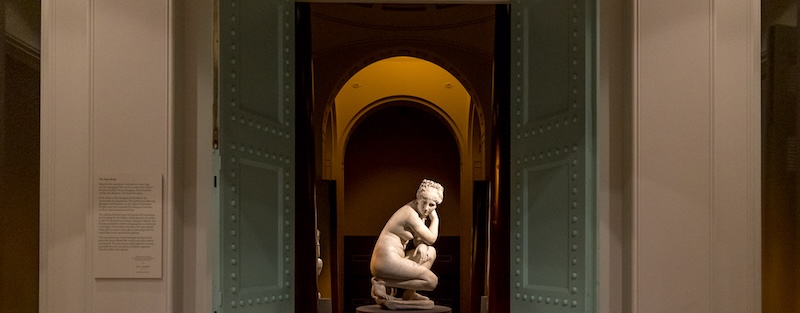
Venus in the exhibition "Rubens and Women"
Numerous paintings and sketches occupy the lengthy exhibition space. The Crouching Venus from the 2nd century BC, on loan from the British Museum, divides the exhibition into two. The audience learns that Rubens encountered it in Mantua, and that its form appears in several of Rubens's works. In the exhibition, the mirror behind Venus provides the audience with a different perspective. Its appearance marks that in the section entitled "Stone Flesh", the artist's treatment of female images has become more academic, including the A faithful study of Michelangelo's sculpture "Night". "Michelangelo's female nudes are known for their masculine appearance, which influenced Rubens," reads a note on the work.

Rubens' Study of Michelangelo's Sculpture "Night"
Rubens and Roman Sculpture: Looking at the Transformation of Classical Sculpture
"Rubens and Women" in London and "Touch of Pygmalion: Rubens and Roman Sculpture" in Rome were originally two independent exhibitions, but because this Venus connected Rubens and Rome, relation. The title of the exhibition "Touch of Pygmalion" comes from the Roman myth of Venus, the mythical sculptor who gave life to the statues he loved, and the way Rubens transformed ancient marble sculptures into vibrant paintings in his paintings material, in his Latin treatise "On the Imitation of Statues" explained this process of "crossing media" - first and foremost, the slavish imitation of ancient sculpture is to be avoided at all costs, as it would lead to just Depicting statues divorced from real life themes.
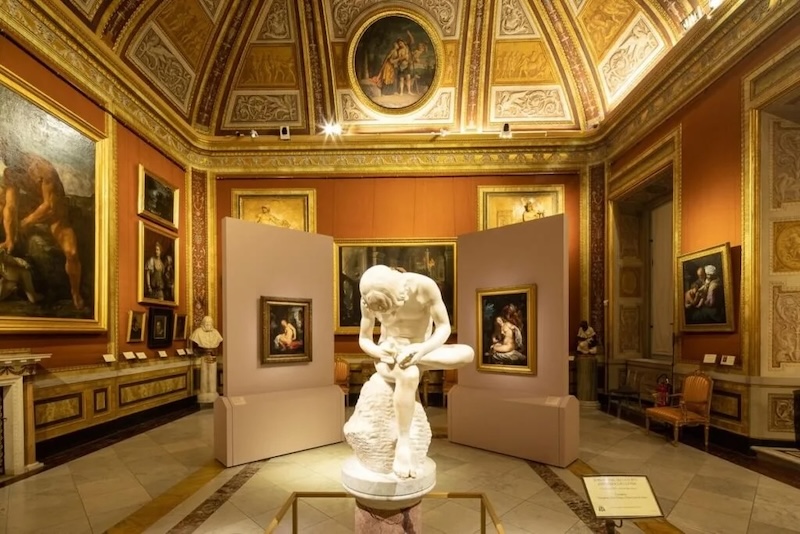
"Pygmalion's Touch: Rubens and Roman Sculpture" exhibition view
The curators of "Touch of Pygmalion: Rubens and Roman Sculpture" are Francesca Cappelletti and Lucia Simonato from the Galleria Borghese in Rome, who use Rubens's perspective, Linking the collection of Bernini's large group sculptures and ancient European sculptures with his paintings and drawings, through nearly fifty works (eight parts), it not only tells the story of the relationship between Italian culture and Europe when Rome was an international metropolis in the early 17th century relationship, and also attempts to tell the story of what Rubens acquired in Italy during the first decade of the 17th century. In fact, it was his travels in Italy, and especially in Rome, that gave the great Flemish painter a new appreciation for classical ideas, making an extraordinary contribution to the ideas of nature and imitation that made him a protagonist of the Baroque style.
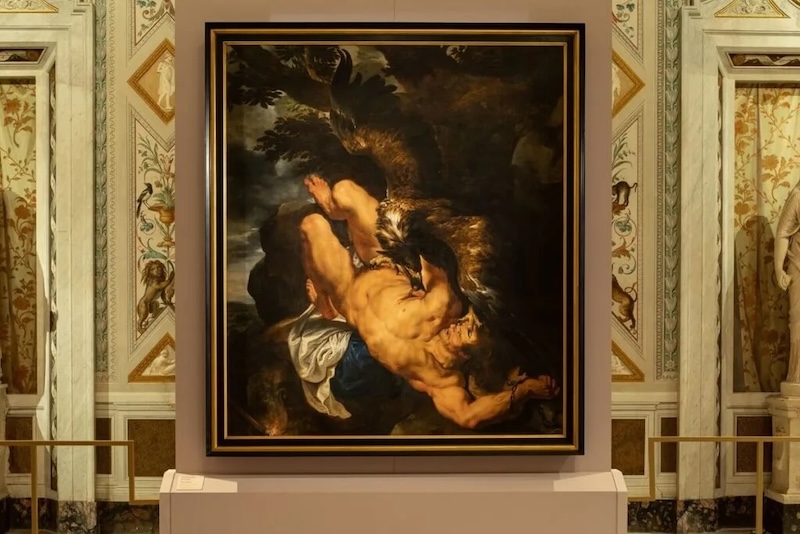
Rubens & Frans Snyders, Prometeo incatenato, 1611-1612, Philadelphia Museum of Art ("Touch of Pygmalion: Rubens and Roman Sculpture" exhibition view)
In the 17th century, Rubens was considered by his contemporaries, including leading thinkers such as the French scholar Claude Fabri de Peiresc, to be one of the greatest connoisseurs of Roman antiquities. . On the ancient ruins of Rome, Rubens used red charcoal to draw the famous statue of Spinario (also known as "The Boy with Thorns"). The painting is presented from two different angles and looks like it was drawn from a living model rather than a statue, leading some scholars to imagine that Rubens may have hired a boy to pose in the same pose as the statue. .

Rubens, "The Boy Who Pulled Out Thorns" study manuscript
In Rome, the artist drew inspiration not only from the old masters but also from his contemporaries, especially from Caravaggio and his altarpiece for the Santa Maria Novella, The Deposition (extant). Be inspired by the Vatican Museums. The exhibition compares Rubens' "The Deposition" with Caravaggio to explore the complex relationship between naturalism and Baroque concepts.

Rubens, "Descending from the Cross", 1602 exhibition piece "Touch of Pygmalion: Rubens and Roman Sculpture", once attributed to Van Dyck
Rubens's explorations seemed to foreshadow future tendencies in art that would come to be defined by artists in the decades after his trip to Rome as the Baroque.
His transition in Rome, the frustration of the Roman Catholic Church's commission, and his role in a network of foreign painters and intellectuals close to Federico Cesi (1585-1630) and the Academy of Lindsey, have attracted academic attention widespread attention. Another question that has not been systematically studied is how did Rubens's formal and iconographic insights continue to permeate the Roman world in the 1620s?
Among the painters and sculptors in Rome who had the opportunity to train with Rubens in Antwerp, such as Van Dyck (1599-1641) and Georg Petel, or came into contact during their training Works by Rubens, such as Duquesnoy and Sandrart, artists who, like Rubens, reinterpreted ancient works based on pictorial examples of the time and studies of nature.

"Pygmalion's Touch: Rubens and Roman Sculpture" exhibition view
The most prominent among them is Bernini, and the Borghese Gallery is also famous for its collection of Bernini sculptures, including the large group sculpture "The Kidnapped Proserpina" (1621- 1622), Apollo and Daphne (1622-1625), etc., the artist gives them movement and transforms marble into skin. In addition to the collections, works on display come from the most prestigious museums including the British Museum, the Louvre, the Metropolitan Museum of Art, the Morgan Library, the British National Gallery, the National Gallery in Washington, the Prado Museum and the Rijksmuseum in Amsterdam. Together, these works point to and highlight the novelty of Rubens and how a research understanding of sculpture can be transformed into a drive towards a new world of images.

Venus in the exhibition "Rubens and Women"
Returning to Venus, this sculpture was a classical ruler that for the young Rubens gave him a crucial influence on his view of women. In the "Rubens and Women" exhibition room entitled "Goddess of Peace and Abundance", four stunning Rubens masterpieces - "Diana Returning from the Hunt" (circa 1623, Dresden Gallery) , the Dulwich Gallery's "Venus, Ares and Cupid" (c. 1635) and the Prado Museum's "The Birth of the Galaxy" (1636–1638) and "The Three Goddess of Fertility" (1625–1628) are full of The sensual body and rich mythological images make Rubens feel both shocking and incomprehensible, and he seems to have entered a realm of artistic freedom.
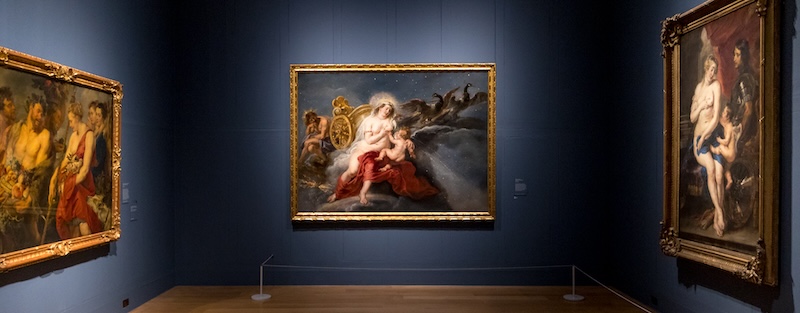
"Rubens and Women" exhibition view
Rubens once said that painting should not "smell of stone." Instead, his signature flesh is a deliberate departure from the hard, marble-like timelessness of classicism, painting, he believed, not out of indifference but out of empathy.
Note: This article is compiled from the exhibition websites of the Dulwich Museum in London and the Borghese Gallery in Rome, as well as reports from the Guardian and HYPERALLERGIC.

